
Moynat could justifiably claim to be the world’s most luxurious bag maker, but it doesn’t. It is both historic and brand new. It is owned by the greatest luxury tycoon in history, who doesn’t talk about it. Darius Sanai gets an exclusive insight into the luxury brand of the future with its CEO and its creative director in their Paris flagship store
“Luxury is the time taken to make something. It’s about the effort put in to every element of making something, it’s not just about a label or a brand. It’s about taking it to the limit of the best that I can be proud of.”
Ramesh Nair is talking animatedly in a hushed boutique on the Rue St Honoré in Paris. If luxury were a religion (and it might be) the St Honoré would be its equivalent of the Vatican: where pilgrims the world over come to worship. The striking, sweeping boutique we are in, with its open, circular design and leather goods displayed as artworks on plinths and up walls, is metres from the global flagships of Hermès, Louis Vuitton, Goyard and Chanel.
Nair’s colleague Guillaume Davin takes up the thread. “From the very beginning, we felt the object had to be beautiful, so beautiful. This house is only about superior craftsmanship; we concentrated on the product and only the product because that was all there was.”
For Davin, a former highly successful marketeer, this is a striking statement in itself. But everything about Davin and Nair’s business is striking. We are at the flagship (and to date, only) store of a very particular luxury brand, Moynat. And if you haven’t heard of Moynat yet, prepare to be very surprised.

The heritage archive trunks are displayed alongside the modern-day creations
Wander up to the Moynat store on the Faubourg St Honoré unaware, and you would be forgiven for being a little intrigued, or even confused. You would be correct in assuming you hadn’t heard of it because it hasn’t spent a cent on advertising or product placement: which puts it among numerous tiny niche brands trying to carve a place out for themselves in a growing market with limited budgets.
But the huge, striking storefront on the most prime piece of retail real estate in the world is not something that a niche brand could possibly contemplate. Equally, the artistry and the scale of the shopfit and arrangement inside seems too perfect, more museum of contemporary luxury, than something a non-advertising niche brand could manage.
Take a closer look at the goods on display. Pick up one of the signature Pauline bags, for example. The leather is lustrous, thick, unblemished, perfectly grained, and all of one piece. The detailing shows the bag is plainly hand-made, and yet it is also perfect, minimal, classic contemporary. No niche operation could source leather of what is plainly Hermès standard, in unmarked single pieces big enough, and find the craftsmen to create them.
And yet everything about Moynat’s marketing, or lack of it, is entirely niche. It is not affiliated with any other brand; it sells through word of mouth only; it has no ambitious store opening program, and not a single celebrity has been given one of its products. Somehow, though, uber-model Natalia Vodianova and Chanel creative guru Karl Lagerfeld both proudly display their Moynat bags.
For Moynat is the new private brainchild of Bernard Arnault, Chairman of LVMH, the world’s biggest luxury goods conglomerate and unarguably the most important luxury tycoon in history. Arnault owns Louis Vuitton, Dior, Marc Jacobs, Givenchy, Lanvin, Bulgari, Loro Piana, Dom Perignon, Veuve Cliquot, Château Cheval Blanc and numerous other brands at the top of the luxury tree (most of them through his holding in the LVMH parent company).
But Moynat is different. Conceived in 2010, launched in 2011, but dating back to 1849, Moynat is a trunk and bag maker — a malletier, in French — taken by Arnault, privately, and revived and relaunched by him for the 21st century. It is, plainly, a vehicle for Arnault to conquer the very highest peaks of the luxury market, currently claimed only by Hermès, the family-owned company he would love to get his hands on, but can only (currently) hold on to a 23.1 per cent stake in. Moynat is the attempt by the greatest entrepreneur in luxury to create the most rarefied — not the biggest, or the best known, or widest-selling, but simply the best — brand in luxury.
Nair and Davin are leading the charge for Arnault. Nair, formerly of Hermès and Maison Martin Margiela, is the creative director, charged with oversight of the designs and the small atelier in the French countryside where Moynat products are currently made. Davin, as CEO, is in overall charge. Formerly the highly respected director of Louis Vuitton in Japan, he says he had left LVMH when a call came out of the blue from Arnault.

Moynat re-opens its doors at 348 rue Saint Honoré
“The very beginning for me was Spring 2010, when I got a first call from Monsieur Arnault, and he said he wanted me to come to Paris to see something,” says Davin. We are sitting in the salon privé of Moynat on its upper floor, enclosed from the tide of luxury on the street outside.
“He was not very…he did not disclose the name, he did not disclose the project, it sounded like a precious house or a little gem, and he had just bought the name. And he was undecided about doing something, but he wanted to just share some of the elements about the archives of the house.
“So I came to Paris to see what he had to show, and of course I did not recognise the name. Moynat was really a forgotten house, and only trunk and vintage car collectors knew about the house. They also had one concave-based trunk (in the archive), and you know, I had spent a few years at Vuitton and I had never seen this. And then I heard the house was founded and run by a woman, I started understanding the feminine side of the trunk, and I felt, oh, there is something different. And the fact that the house was a bit older than Vuitton or Goyard was also very interesting.”
Arnault had bought the name and archive of a defunct Parisian trunk maker, so long gone that not even his own directors at Vuitton knew its name: but Moynat had proper heritage. In the Belle Epoque era of the early 20th century, archives showed it was one of the most desirable trunk and bag makers in the world. “It started with a little atelier in 1849,” says Davin. “In 1854 — that’s before Louis Vuitton is even created — Moynat patented a waterproof trunk using materials from Indonesia.”
Nair takes up the tale of the creation of the modern Moynat from when he joined, recruited by Davin in 2010 from a senior craft position at Hermès. “It all seems to be a bit of blur now! Monsieur Arnault wanted to open the store at the end of 2011, so we had just a year to work everything out. So I had to quickly come up with something, study as much as possible, collate the archives because we really didn’t have anything much, so I feel that we needed a strong base, we needed the roots to really come up with everything and be authentic.
“I’m a minimalist, and I find ideas everywhere. For instance, Pauline (the signature bag) became the profile of a trunk… I, a purist, I prefer going towards high-end leathers; I love leathers, I love skins, I love the textures and the odour, so I’m more into high-end leather. And of course our construction is really, really, really good. (With my background at Hermès) when you’ve studied with the best, you cannot take a step downwards, it’s very difficult. And it’s a question that which I used to ask myself at Hermès, was ‘What next?’ Quality is something which really fascinates me; there are times when I’m still not happy enough, I still want to keep pushing, to see what more I can do.”
And were they confident from the start or were they nervous about creating a new brand for a boss as demanding as Bernard Arnault?
“We still are nervous,” says Nair. “It’s a market which I would say is almost saturated, and you’re trying to battle, I mean whatever has to be done, has been done. So you’re just reinventing the wheel, and yes, we’re always nervous. But I always feel that if you go high in, if you go with what we call the know-how, the workmanship, the savoir faire, and excellent quality, I don’t think there’s a reason you could go wrong.”

Moynat opened its first boutique in 1869 at 5, place du Théâtre Français
I suggest that it is unusual for Bernard Arnault, the undisputed emperor of luxury marketing, to launch a brand with no marketing at all. They both smile slightly wryly in agreement, before Davin suggests that Moynat is more a labour of love, a personal passion, a creation for the history books, for Arnault than it is another money-spinning venture.
“It is quite mysterious to people, that Monsieur Arnault is not talking about it at all. He never made any announcements, yet he keeps us under his wing. He calls like twice a day, but it’s the tiniest business he has.”
Is it about a personal desire from Arnault to create something that is simply the very best? “We think so,” nods Davin.
“It’s also I think like his little baby, and his little experiment,” says Nair. Presumably, I suggest, they have access to the vast expertise of Louis Vuitton and the rest of the LVMH group in terms of leveraging suppliers, craftspeople, sourcing hides…
“Nothing. Nothing. Nothing,” says Davin, as emphatically as one can in a hushed private space. “Even on the materials, the leather… we are on our own!” In fact, they say, it works the opposite way: some of the materials and techniques Moynat is using are so high-end and so original that they are filtering down into the LVMH brands.
“It was not like Monsieur Arnault ever pushed this and said, let’s open a store every 10 months. In a way …it’s a different M. Arnault I see here,” says Davin.
Because it’s a personal project?
“It’s a personal project. It’s very small. And he wants to take it step by step.”
Nair adds, intriguingly, “And I think also, for (Arnault), I would say, it’s the very first campaign that he’s starting from zero. A luxury house which is his own creation effectively, so he’s also interested in a very personal way, it’s almost like a baby. It’s interesting, he would see a bag and he’d say is this really good quality? Where is this leather from? Things you normally wouldn’t find a CEO asking, and he’d really be interested in knowing where the leather came from, in a certain type of finish…”
“It is a luxury startup,” agrees Davin, “but it is also for him a piece of savoir faire, a piece of the French patrimony. He is very interested, really going into questions like should the edge be a bit thicker or slimmer, or how do you polish it. He’s incredibly in tune with the little details, and these are questions, because we are so small, we can adjust from one product to another product. Ramesh will say oh let’s do a contrasted edge, or let’s do same coloured edge, and we can adjust and show different things, because it’s one craftsman doing the bag from A to Z, so if we want to just ask a different colour combination we just do one unit.
In an interesting insight into the modus operandi of the LVMH chairman, Davin points out that while Arnault is interested in the product detail of Moynat, this is not unusual.
“I have known him for a long time; I was in cosmetics (as head of Dior cosmetics in Japan), and when he was coming to Japan, we had a little lab, and he was always coming and saying ‘try using this… don’t you think this is still a bit sticky?’, or whatever. He was smelling things, he knew about it, he is obsessed with products, and the weight of the packaging. I think that one of the reason why he is so successful today, is that he has an incredible eye for products and quality. I mean, yes, Hermès is supreme quality, but I think M. Arnault has a sense of this.
“And it’s true at the same time he’s leading a group that now have so many brands, so I’m sure some times of the day he’s also focusing on other elements of the company, but he is completely driven by products and stores. He’s obsessed with what the client sees and touches. You know, when he was coming to Japan he was coming three days, and it was two and half days visiting stores and touching products. And business reviews was one hour for three brands — three hours, then finished. The numbers he can access them any time. It’s all product. Stores. And he has an opinion on absolutely every single piece, you know if he feels it’s a bit too matte, or if it’s a bit too shiny, or if there is a powdery feeling he does not like he will tell you, ‘are you sure about this? Try to show me something different next week’. I think there would be no success (for LVMH) if he was not completely obsessed, he knows that product quality is essential. So we try not to disappoint him on this that’s for sure!

“And with Moynat, Monsieur Arnault doesn’t want to advertise, he doesn’t even want us to communicate, he wants to concentrate on the products, on the atelier, on hiring more craftsman, he’s more obsessed with this — that if the product is right, the house will be right.”
And what are the products? The signature product for women (they don’t describe it as such, but it is plainly so) is the Pauline bag which comes in various sizes and can be bespoked in any colour you like; the Rejane is a smaller city bag, the Quattro more of a super-luxe tote. For men, the curved Limousine cases (as purchased by Karl Lagerfeld) are the standouts, in various sizes and styles. Up in the workshop, I also saw a couple of one-off works in progress, attaché cases and portfolios, not yet released, but which looked sublime.

And where, I wonder, are their clients from, these highly-well-heeled, highly knowledgeable customers who are so sophisticated they wish to carry a brand nobody else will recognise? “The number one nationality is the Americans,” says Davin, “but Asia is also a very big proportion. Japan is probably around 10- 12 per cent, South Korea is six or seven percent, Greater China (including Hong Kong) is around 20 per cent but mainland China is quite small, but South East Asia is big. Indonesia, Malaysia, Singapore, the Philippines. It is all word of mouth.”
And will Moynat remain the luxury world’s best-kept secret? There was a pop-up at the Galeries Lafayette in Paris this summer, and there are unconfirmed rumours that the brand will open a second and even a third store somewhere in the world in 2014. “We cannot accelerate, we are doing everything we can to hire craftsmen, to train them, but this will take time,” says Davin. “We hope that Moynat will really be a beautiful house in 10 years, or 20 years. I am not sure Monsieur Arnault is joking when he says it’s for your grandchildren.”
A privately-owned luxury house sitting atop the world of leather goods and bags, passed down the Arnault family from generation to generation, whatever happens to the megabrands of LVMH. That would be a legacy. And you can witness its birth now, on the Rue St Honoré. Just don’t tell anyone.


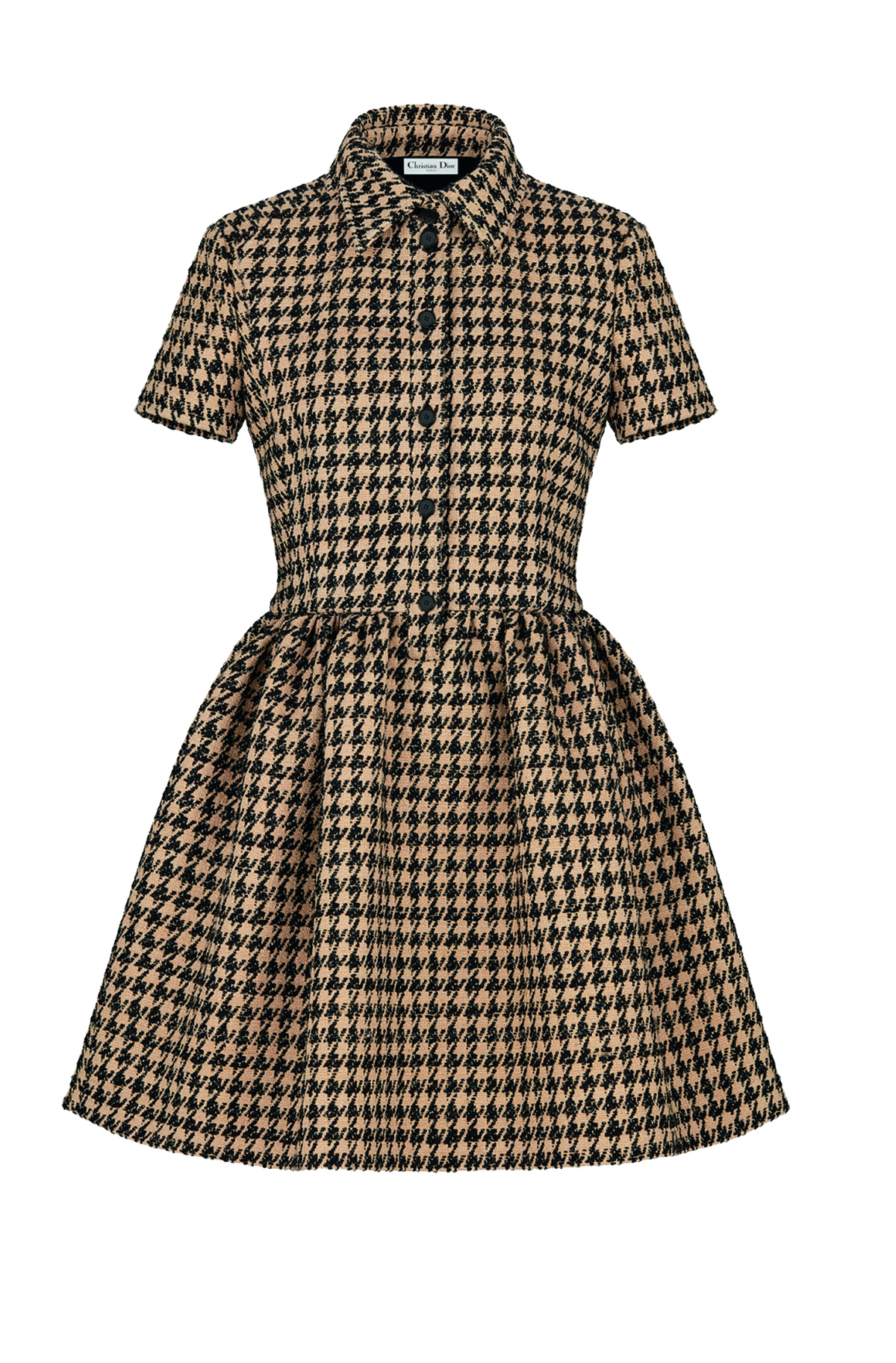





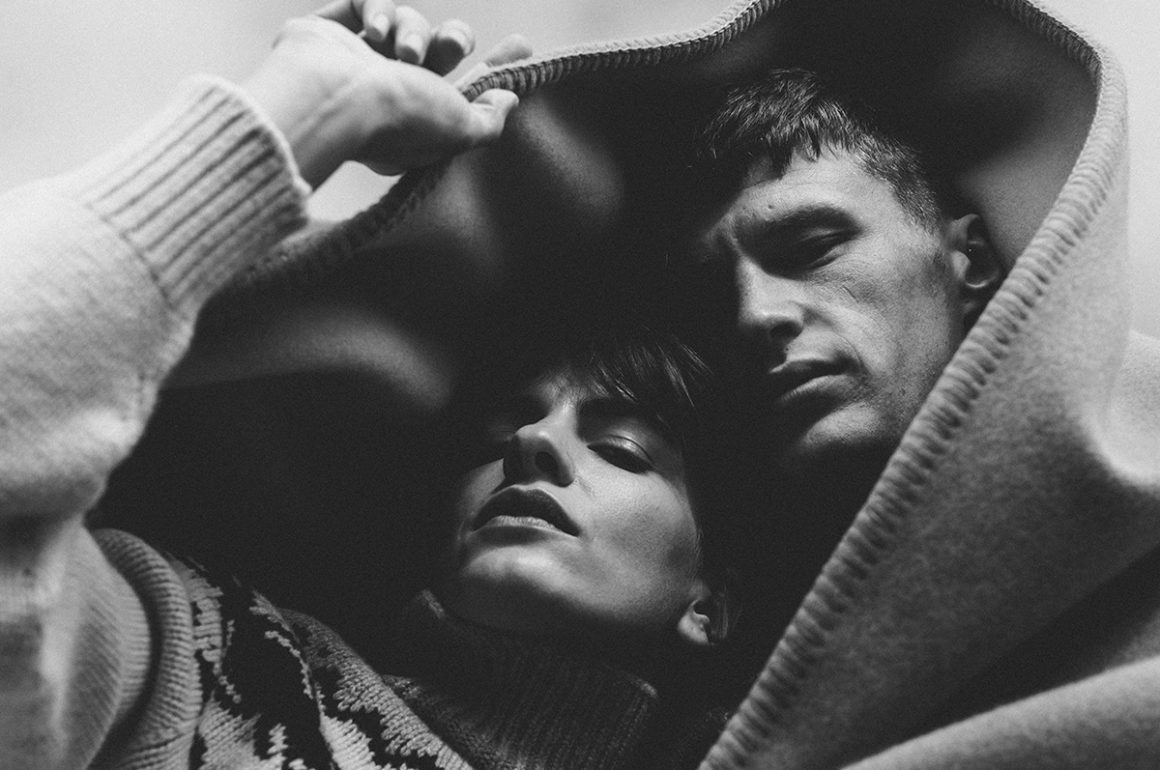







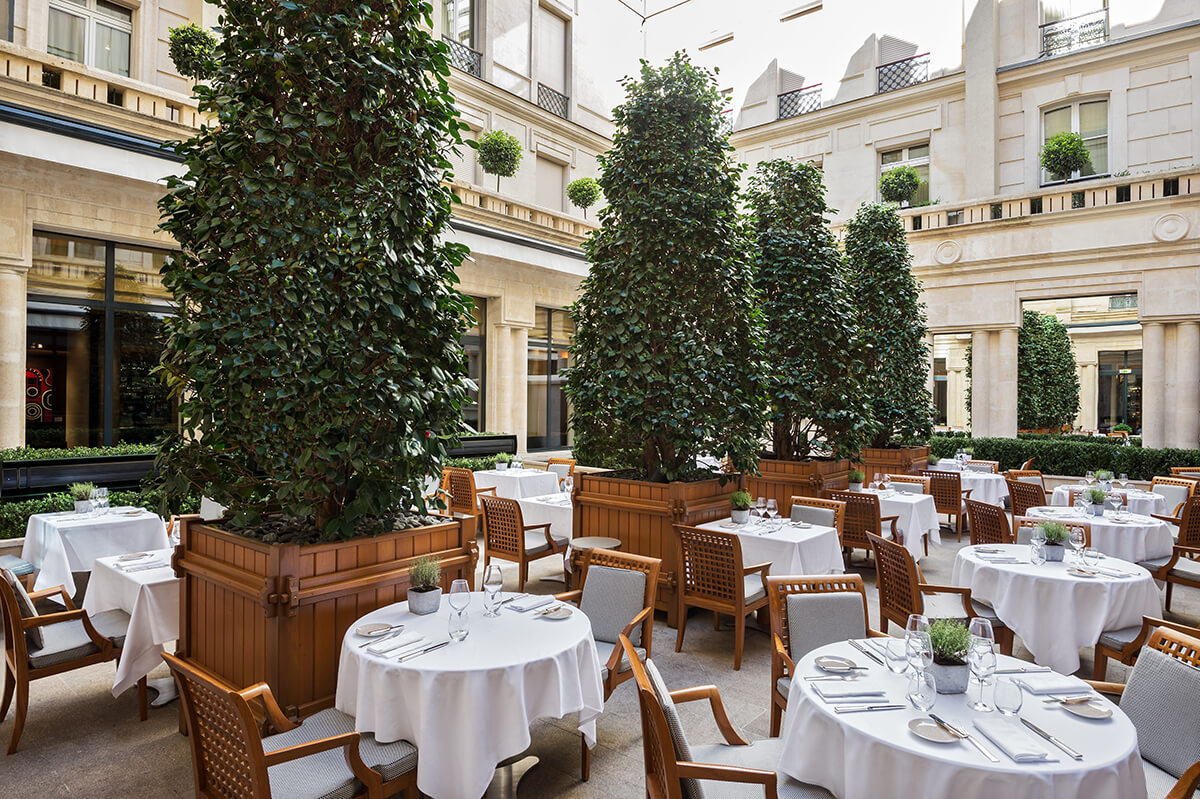
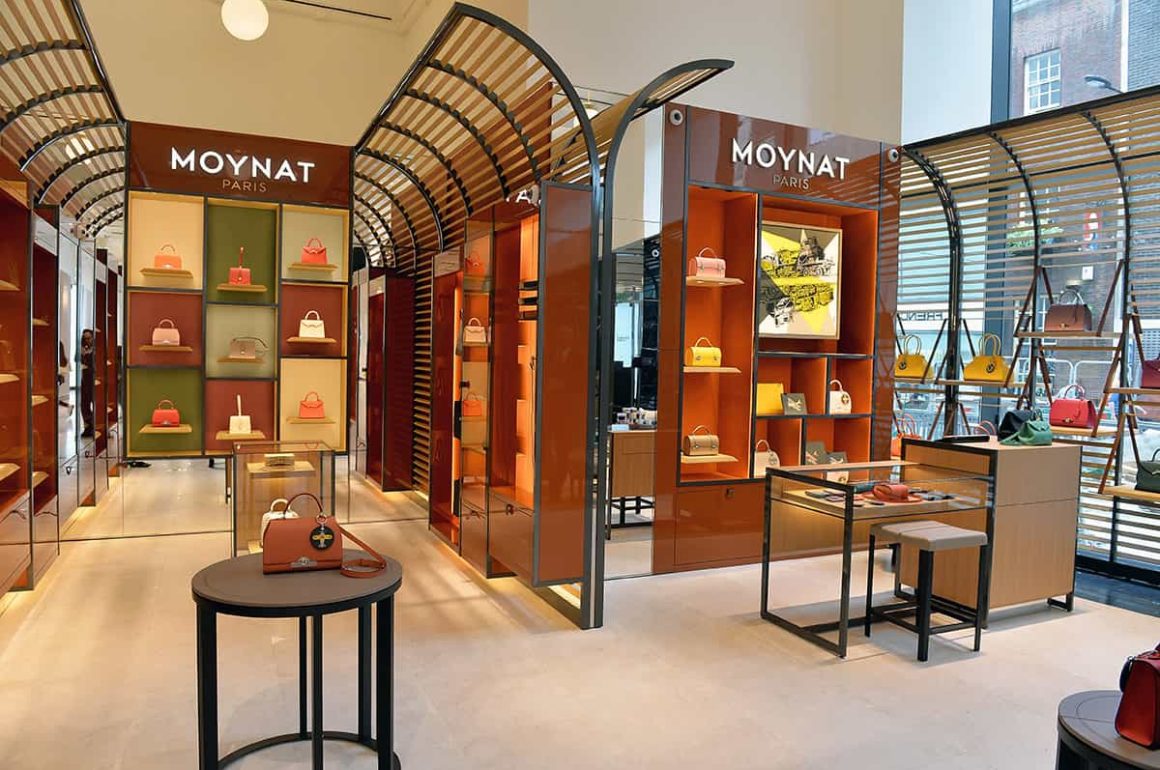

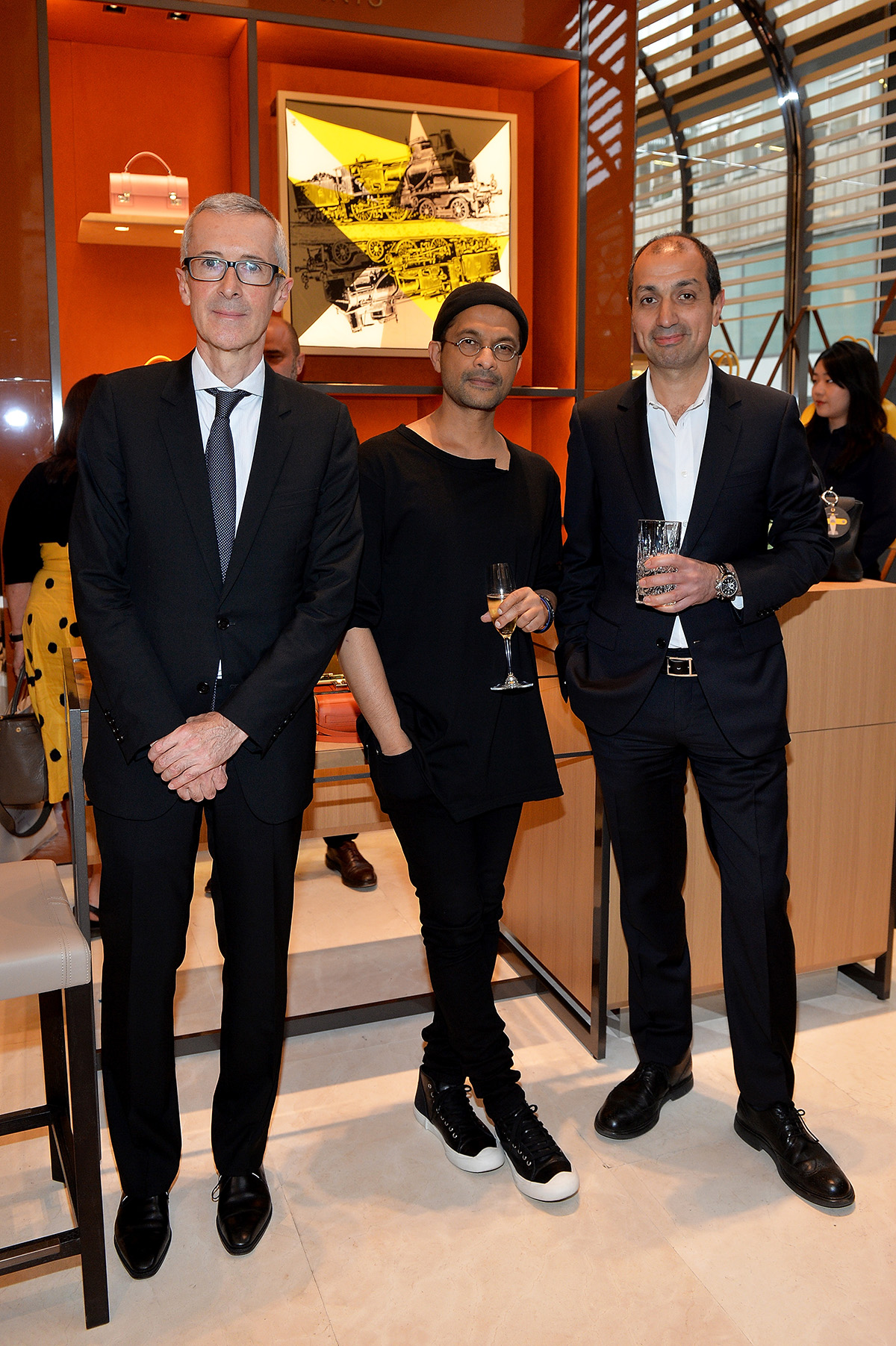


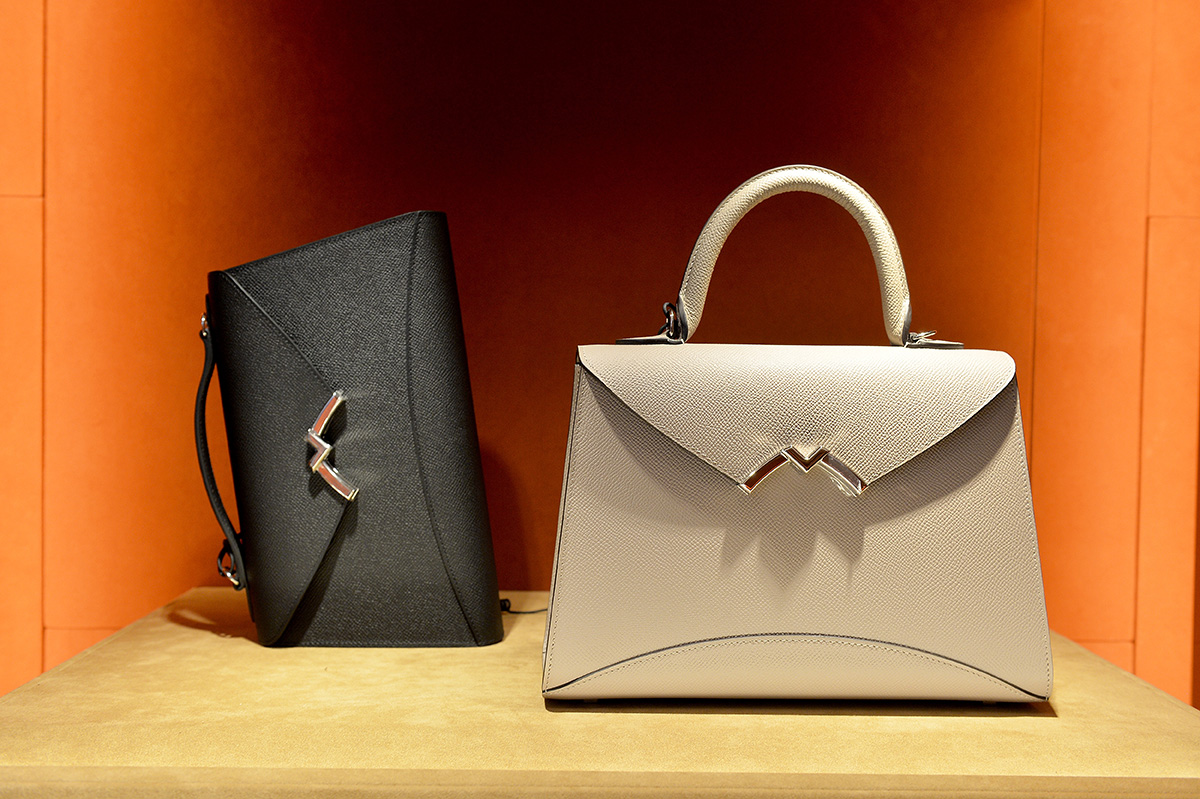


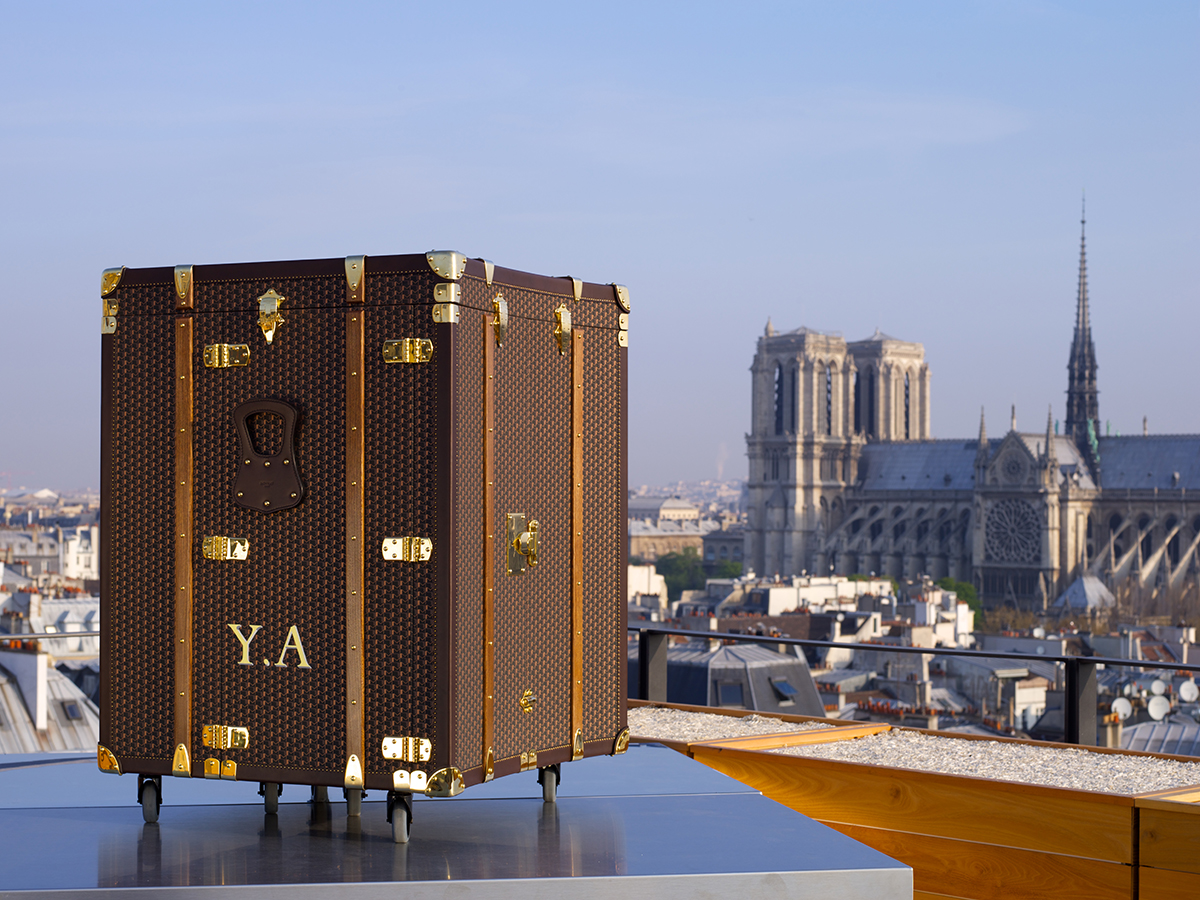
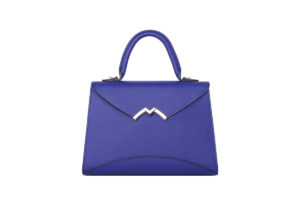


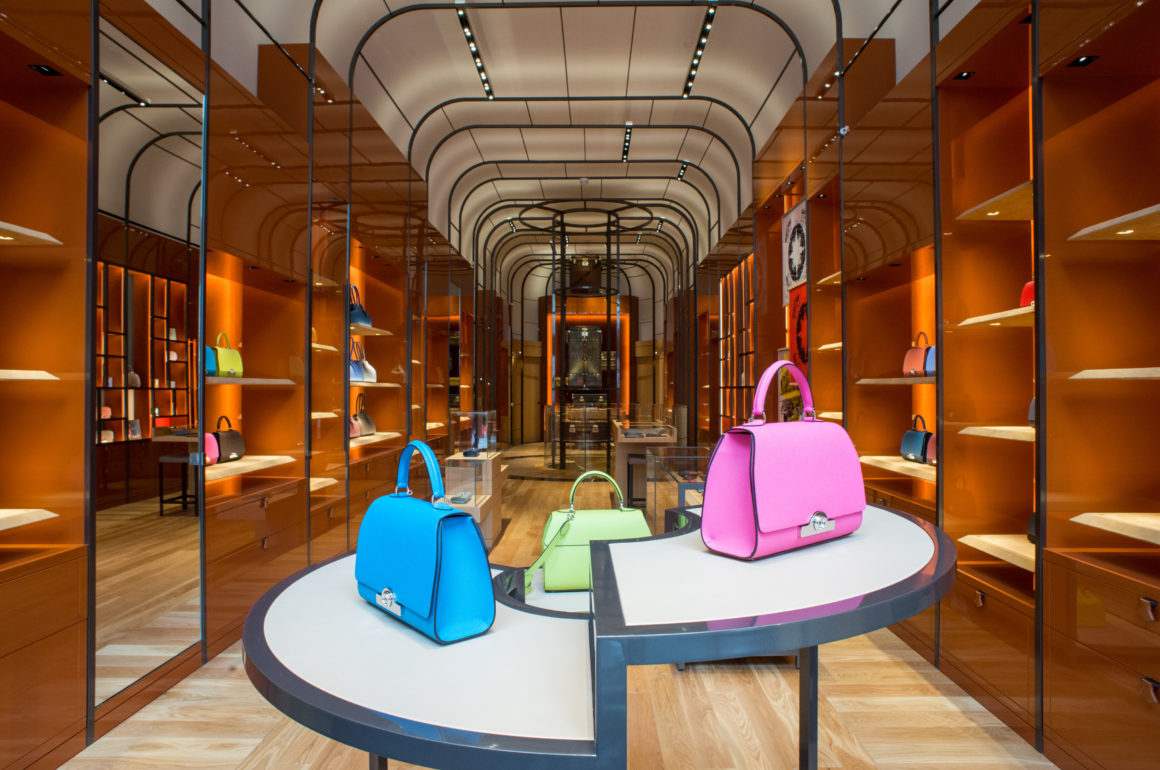

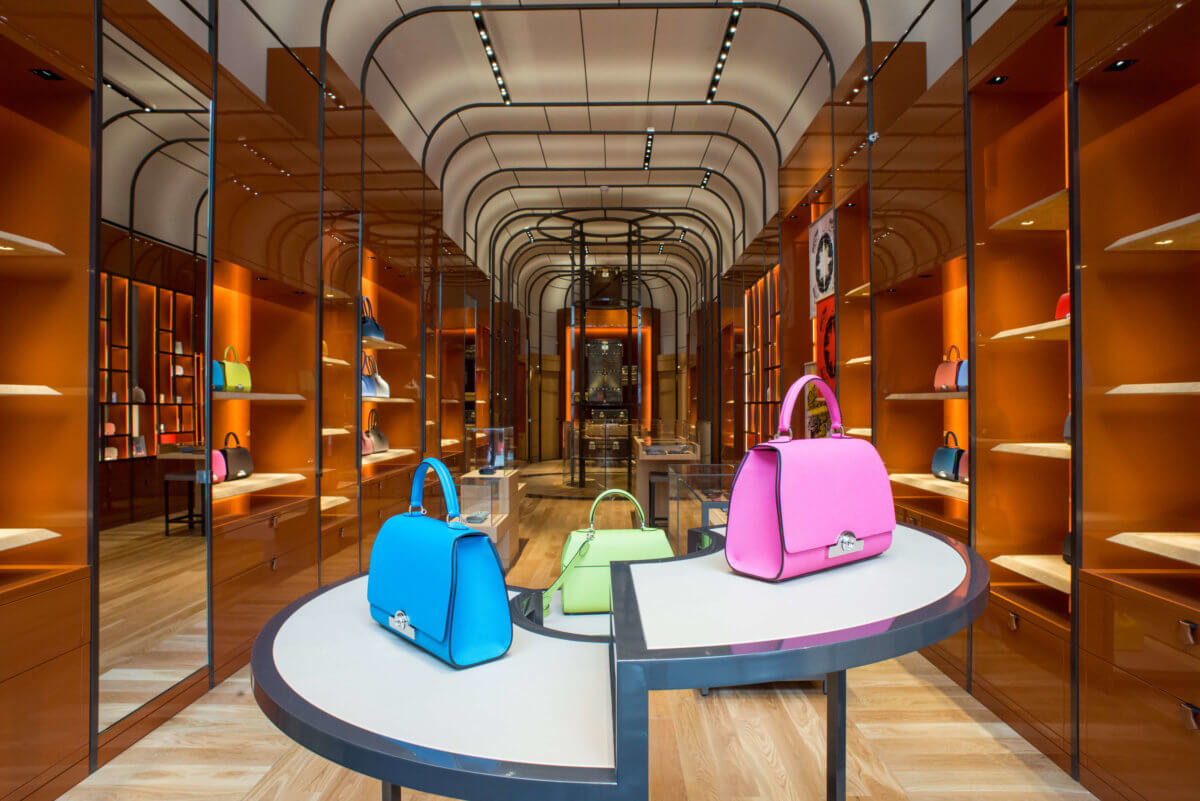
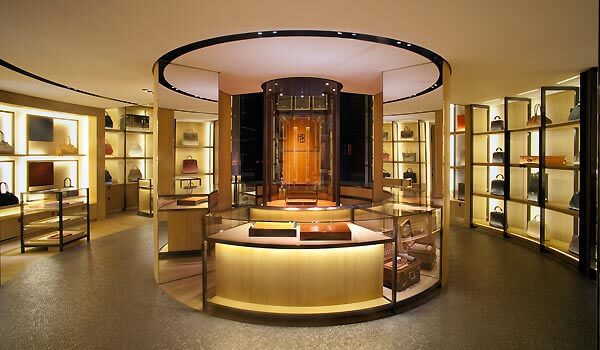











Recent Comments